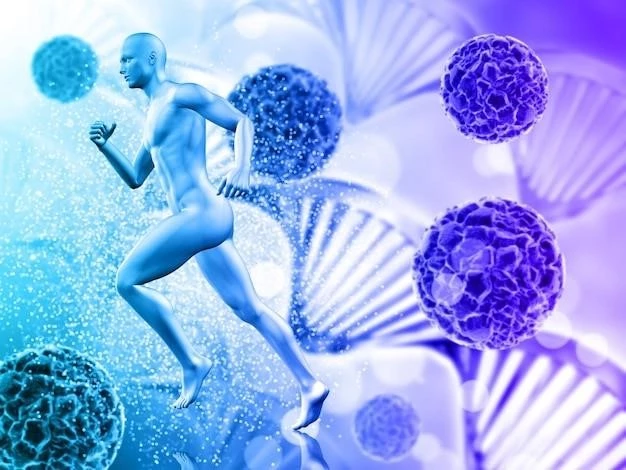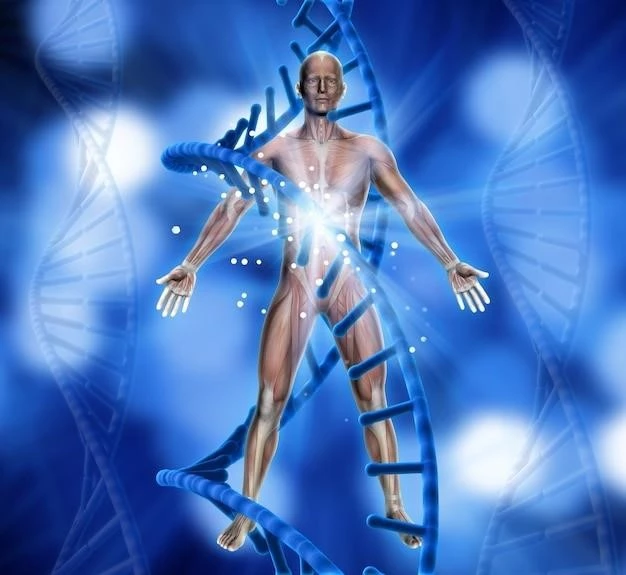Introduction
A slowly progressive type of muscular dystrophy affecting known members of several Southern Manitoba Hutterite colonies is described. This disease represents a distinct type of muscular dystrophy with autosomal recessive inheritance.
Overview of Muscular Dystrophy Hutterite Type
A unique form of muscular dystrophy that affects members of the Southern Manitoba Hutterite colonies, demonstrating a blend of characteristics from other types. The condition follows an autosomal recessive inheritance pattern and has been linked to specific gene mutations. This type of muscular dystrophy is slowly progressive, affecting multiple muscle groups over time and showing considerable clinical variability.
Researchers have identified specific mutations associated with this disease within the Hutterite population, shedding light on the genetic basis underlying the condition. The manifestation of symptoms, such as muscle weakness and atrophy, typically begins in adulthood and can impact various muscle groups, leading to differing degrees of disability. Despite its slow progression, this type of muscular dystrophy can significantly affect an individual’s quality of life.
Understanding the molecular mechanisms and genetic factors contributing to this form of muscular dystrophy is crucial for advancing diagnostic methods and exploring potential therapeutic interventions. Ongoing research aims to elucidate the underlying pathophysiology and develop targeted treatments to improve the management and outcomes for individuals affected by Muscular Dystrophy Hutterite Type.

Clinical Presentation
A slowly progressive form of muscular dystrophy, specific to the Southern Manitoba Hutterite colonies, showcases a blend of facial features from other dystrophy types. Muscles, primarily in the pelvic and shoulder areas, weaken over time, leading to variable clinical presentations like muscle wasting, contractures, joint issues, and more. Despite its slow progression, the condition can significantly impact an individual’s mobility and quality of life.
Characteristics and Symptoms
This particular form of muscular dystrophy, prevalent among the Manitoba Hutterite population, manifests as a slowly progressive condition with varying clinical presentations. Individuals typically exhibit a combination of facial features seen in other dystrophy types alongside muscle weakness and wasting, primarily affecting pelvic and shoulder muscles. Symptoms may include muscle atrophy, joint contractures, scapular winging, muscle cramping, and facial changes. The onset of symptoms commonly occurs in adulthood, impacting mobility and muscle function, leading to a range of disability levels. The condition’s slow progression and clinical variability contribute to a complex presentation that necessitates comprehensive diagnostic and management strategies tailored to each individual.
Genetic Basis
The genetic basis of Muscular Dystrophy Hutterite Type involves identified mutations within the Hutterite population, contributing to its distinct manifestation. Specific gene mutations associated with this form of muscular dystrophy have been linked to the condition’s autosomal recessive inheritance pattern. Researchers have conducted genome scans and identified common haplotypes surrounding the genes implicated in this type of muscular dystrophy, highlighting potential founder mutations within the population. Understanding these genetic factors is crucial for advancing diagnostic strategies and targeted therapeutic interventions tailored to individuals affected by Muscular Dystrophy Hutterite Type.
The unique characteristics of Muscular Dystrophy Hutterite Type are attributed to autosomal recessive inheritance within the Hutterite population. Researchers have identified specific gene mutations associated with this condition, indicating a recessive genetic pattern where individuals inherit two copies of the mutated gene. This recessive mode of inheritance contributes to the variability in clinical presentation and progression of the disease observed in affected individuals. Studying the autosomal recessive inheritance of Muscular Dystrophy Hutterite Type is essential for genetic counseling, understanding disease transmission patterns, and developing tailored therapeutic interventions.
Diagnosis
Diagnosing Muscular Dystrophy Hutterite Type involves thorough clinical evaluations, genetic testing, and screening methods. Medical professionals assess symptoms like muscle weakness, atrophy, joint contractures, and more. Genetic tests identify specific gene mutations linked to the condition, aiding in confirming the diagnosis. Screening individuals within the Hutterite population for known mutations associated with this type of muscular dystrophy is essential for early detection and personalized treatment strategies.
Autosomal Recessive Inheritance
Genetic testing and screening play a crucial role in diagnosing and understanding Muscular Dystrophy Hutterite Type. By identifying specific gene mutations associated with this form of muscular dystrophy, medical professionals can confirm diagnoses and tailor treatment approaches. Screening individuals within the Hutterite population for known mutations related to this condition enables early detection and intervention strategies aimed at managing the disease’s progression and improving individual outcomes.
Prevalence
Muscular Dystrophy Hutterite Type is particularly prevalent in the Manitoba Hutterite population, showcasing a distinct form of muscular dystrophy exclusive to this community. The condition’s incidence is notable within specific Hutterite colonies, reflecting a unique genetic predisposition and inheritance pattern. Understanding the prevalence of this disease within the Hutterite population is crucial for targeted diagnostic approaches and developing specialized therapeutic interventions.
Muscular Dystrophy Hutterite Type exhibits a notable incidence within the Manitoba Hutterite community. Its occurrence is prominent, impacting a significant number of individuals in specific colonies, emphasizing a genetic predisposition unique to this population. The high incidence of this disease among the Hutterite population underscores the importance of genetic screening, early diagnosis, and targeted interventions to manage the condition effectively.
Treatment
Developing precision diagnosis and treatment approaches tailored to Duchenne Muscular Dystrophy involves a multifaceted strategy integrating cutting-edge technologies. Gene therapy trials for DMD have shown promise, with FDA provisional approvals for various gene constructs. Targeted therapeutic interventions aim to address the root cause of the disease, offering hope for improved management and outcomes for individuals with Duchenne Muscular Dystrophy.
Incidence in Hutterite Population
Muscular Dystrophy Hutterite Type demonstrates a significant incidence rate within the Manitoba Hutterite community, affecting a notable number of individuals in specific colonies. This high incidence highlights a particular genetic predisposition and inheritance pattern specific to the Hutterite population. Understanding the prevalence of this disease within the Hutterite community is essential for effective genetic screening, early detection, and individualized treatment strategies to address the condition’s impact.

Research and Developments
The latest research on Muscular Dystrophy Hutterite Type focuses on uncovering specific gene mutations associated with the disease within the Hutterite population. Recent studies have identified common haplotypes surrounding the genes linked to this form of muscular dystrophy, indicating potential founder mutations among affected individuals. Genome scans and genetic screenings are paving the way for understanding the genetic basis of Muscular Dystrophy Hutterite Type and developing targeted therapeutic solutions tailored to this unique population.
Recent Findings and Breakthroughs
Recent studies have focused on uncovering specific gene mutations associated with Muscular Dystrophy Hutterite Type within the Hutterite population. Common haplotypes surrounding the genes linked to this form of muscular dystrophy have been identified, suggesting potential founder mutations prevalent among affected individuals. Genome scans and genetic screenings play a pivotal role in understanding the genetic basis of this type of muscular dystrophy, paving the way for targeted therapeutic solutions tailored to the unique genetic landscape of the Hutterite community.
Prognosis
The life expectancy for individuals with Muscular Dystrophy Hutterite Type is generally within a normal range as heart and breathing muscles are usually spared from the condition’s effects. While breathing difficulties may arise in later stages, they are typically less severe than in other muscular dystrophies. Understanding the disease’s progression and impact on respiratory function is crucial for managing long-term outcomes and enhancing quality of life for affected individuals.
Life Expectancy and Disease Progression
In the case of Muscular Dystrophy Hutterite Type, individuals generally have a life expectancy within the normal range because the condition typically spares the heart and breathing muscles from significant impacts. While breathing difficulties can arise in later stages, they are usually less severe compared to other types of muscular dystrophy. Understanding the disease’s progression and its effects on respiratory function is crucial for managing long-term outcomes and enhancing the quality of life for affected individuals.
